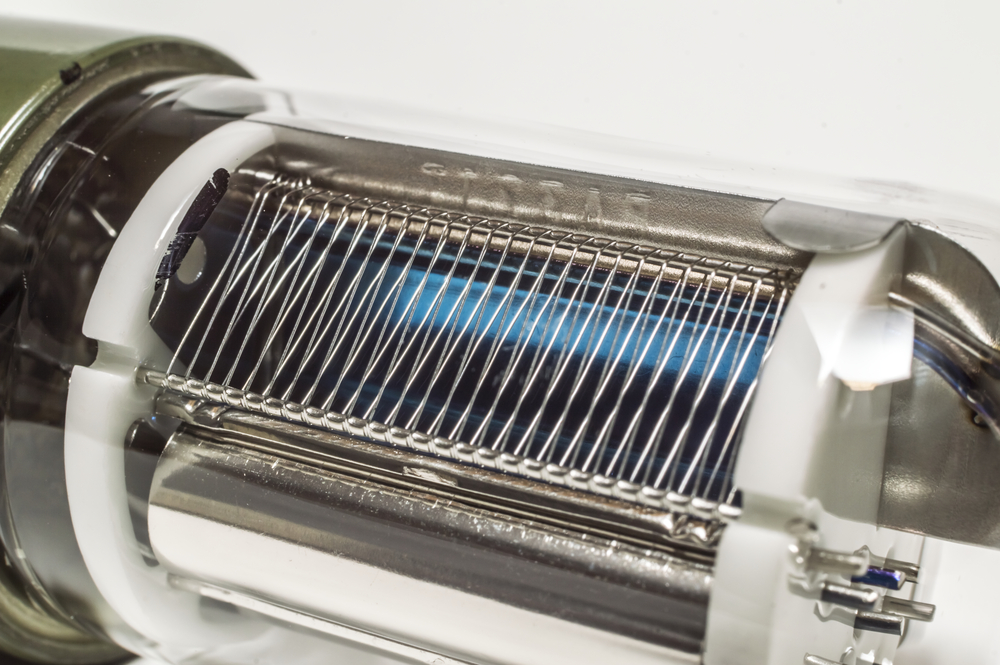The History of Scintillation
At Analytical Components, we certainly know a thing or two about scintillation, as specialists in producing bespoke scintillation equipment for a wide variety of industries.
Although we like to think of ourselves as an increasingly evolving company – it is always good to look back and discover the history of scintillation, and learn a bit about how it has developed over the years.
The principles of scintillation has remained wholly the same since the first discovery in the early 20th Century. However technological advancements over the years have seen the development of much more efficient scintillation.
To find out more about the developments of scintillation over the years; we’ve written a brief history of scintillation, and how it has advanced over the last century.
The First Discovery of Scintillation
The first scintillation counter was invented in 1903 by Sir William Crookes. It worked by using a microscope in order to see the light flashes from a zinc sulfide screen. This method did have a counting limit of around one per second.
This practice was still useful to advancements in scientific discoveries and was used a few years later by Geiger & Marsden to research the scattering of alpha particles.
These experiments by Geiger & Mueller led to the creation of the Geiger Counter; which is now used for detecting and measuring ionizing radiation, including alpha and beta particles, as well as gamma rays.


The Discovery of Photomultiplier Devices
In the mid-1940s, Curran and Baker helped to develop scintillation methods further than using naked eye measurement. They discovered that using a photomultiplier device (PMT) meant that scintillation could be measured much more accurately.
A photomultiplier is a device that is able to convert photons into an electrical signal, meaning that the photons emitted by scintillation can be picked up by a PMT.
This discovery is in fact the basis of how some modern-day scintillation devices work today.
Present Day Scintillation Technology
The latest technology in scintillation equipment comes in various different forms. There are X-Ray scintillators that are able to be incorporated into x-ray imaging devices. These scintillators are used within the medical and security industries, and have a multitude of applications. It’s certainly interesting to look back on the history of scintillation to find out how our equipment has developed over the years.
Additionally, phosphor scintillators are able to detect rare-earth compounds with an activator; which prolongs the emission time. EBSD Phosphor Scintillators uses a technique used in the scanning electron microscope. This helps to collect and explore quantitative microstructure analysis data, such as crystal orientation, phase grain statistics, phase and strain conditions and defects.

Are you looking for Scintillation Equipment?
Analytical Components are ISO 9001:2015 accredited. We have demonstrated the ability to consistently provide products and services which meet customer and regulatory requirements. We have a close working relationship with a select number of reputable suppliers. This ensures the employment of high-quality materials and guaranteeing the continuous manufacture of products meeting the highest of standards.
Our team of highly-trained and experienced staff are dedicated to supplying you with products of the highest quality. Furthermore, the high standards of our cleanroom environment and raw materials ensure both uniformity and consistency in our coating processes and the finished products.
If you’d like to find out more about our scintillation products; please get in touch. You can fill out our contact form, or email us: info@analyticalcomponents.uk. Alternatively, you can call us on +44(0) 1424 850004.

